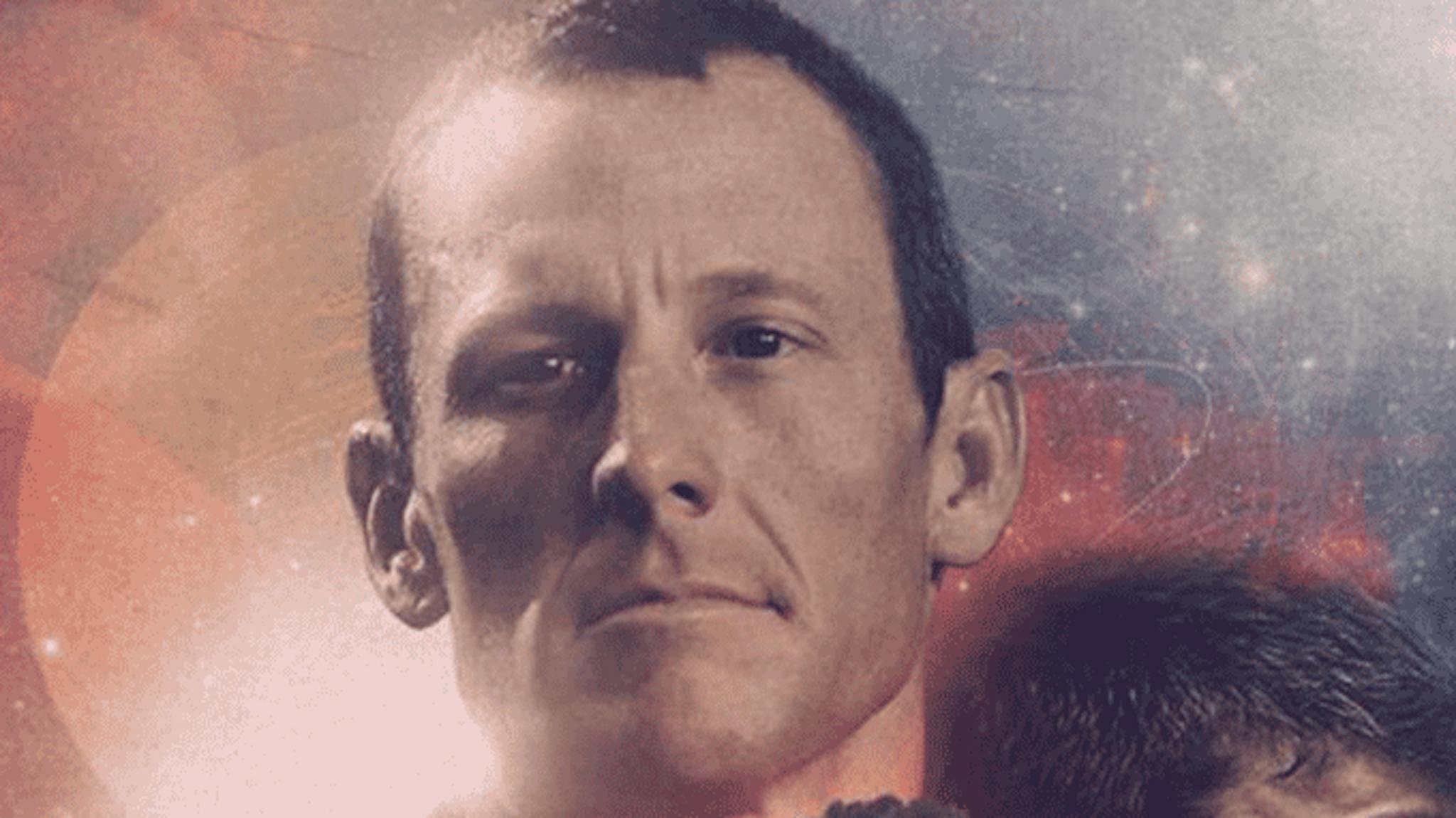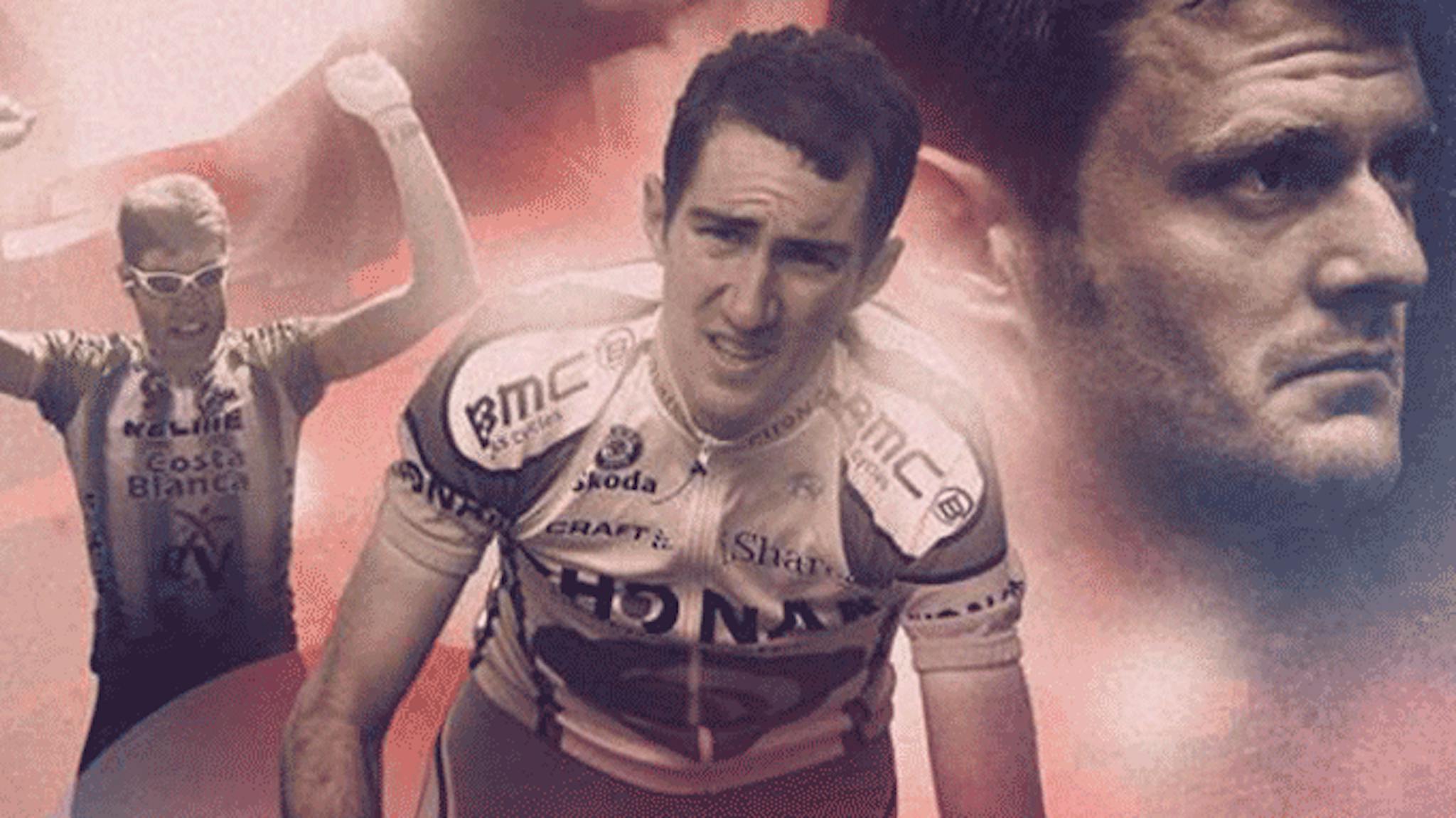

For more than fifteen years, I followed the accusations, denials, and endless debates regarding Lance Armstrong. I made up my own mind about him long ago, but now the world finally has a verdict. In October the U.S. Anti-Doping Agency (USADA) released more than one thousand pages of evidence, including testimony from eleven of Armstrong’s former teammates and friends, that identified the most celebrated American cyclist in history as the ringleader of a sophisticated doping operation that spanned most of his career. The report left little doubt that when Armstrong competed in the Tour de France, one of the sporting world’s greatest spectacles, banned substances coursed through his body. He cheated, and for a long time, he won. Now Armstrong no longer owns the record seven Tour titles. He’s stepped down as the chairman of the Livestrong Foundation. He’s lost his treasured relationship with Nike. And millions of former fans feel duped and heartbroken.
There can be no question that the past decade of professional cycling was dominated by riders whose performance was enhanced by illegal drugs. In its reasoned decision on Armstrong, USADA stated that 20 of the 21 podium finishers in the Tour from 1999 through 2005 have been linked to doping. An era of cyclists played dirty, but buried in the scandal is a lost generation of American pros who stayed clean during a period rife with cheaters. In fact, no top American cyclist who was born after 1980 has ever received a doping sanction. These athletes played by the rules, but they had their careers stunted by a pharmacological glass ceiling. One of them was my childhood friend Pat McCarty.
In the late nineties, back when we were awkward teens, Pat and I shared a common goal: to race bicycles professionally. I was from Southlake and Pat was from Allen, where a labyrinth of country roads ripe for exploring sat just beyond a grid of suburban neighborhoods. Like a lot of kids in the area, we worshipped Armstrong, who grew up in nearby Plano, and we began racing for the Richardson Bike Mart, where Armstrong had gotten his start ten years earlier. The store’s buoyant owner, Jimmy Hoyt, had given Armstrong a free bike, and he gave Pat one too—a bright-yellow special-edition Trek, with Armstrong’s signature emblazoned on the frame.
In 2001 Pat and I ranked among the top racers in the nation for our age group. We joined the national team, USA Cycling, and got shipped off to Europe, where races became a form of Darwinian selection that spit out all but the strongest and most tenacious riders. I frequently got spit out and eventually reenrolled at the University of Texas at Austin. Pat, just nineteen years old and whippet-thin at six feet and 140 pounds, quickly proved he belonged with the world’s best—even earning a rare compliment from the team’s no-nonsense director, Noel Dejonckheere, who said, “He is not bad, eh?”
The following year, Pat put off college to chase a cycling career. His parents, Jon and Nancy, the first in their families to earn degrees, struggled with his decision but ultimately asked themselves, “How do you keep a kid from pursuing his dream?”
Their concern was not simply about school. Even casual cycling fans knew that many professional racers doped. In 1998 the top French team, Festina, had been booted from the Tour de France after police discovered a treasure chest of syringes, EPO, and anabolic steroids in the trunk of a team vehicle. When I was on the national team, we passed around a book detailing the doping scandal, Breaking the Chain, like a dirty magazine. In the exposé, the Festina assistant nabbed in the bust detailed prerace butt-cheek injections and racers who couldn’t fathom competing clean.
In 2000 USA Cycling had instituted a no-tolerance policy toward doping. “We didn’t even allow supplements,” said Jim Miller, vice president of athletics. Each new doping scandal led to renewed reinforcement from our coaches and parents that we should never cheat. Before Pat left for a second stint in Europe, his parents called a family conference at their home. “It’s our expectation that you don’t use drugs,” they said. “If you find out that doping is going on, you can come home. We’ll help pay for your college.” They told Pat the offer stood until he was 25.
For three years, while his high school buddies partied at college keggers (full disclosure: guilty), Pat rode his bike upward of thirty hours a week and lived a monastic life at the national team house in Belgium. The masochistic training and personal sacrifice paid off, especially in the multiday events across Europe’s mountains. In 2003 USA Cycling participated in a four-day race in the Pyrenees called La Ronde de l’Isard. Pat’s parents flew to France to watch. On the hardest stage, Jon and Nancy stood at the summit as Pat ascended the road alone. He won the stage and secured the race’s overall lead.
At the end of August 2003, Pat sat second in the world rankings for racers under the age of 23, and later that year he received the call he had dreamed about: he was asked to join Armstrong’s professional team, the U.S. Postal Service. Pat headed off to a training camp in Austin, where he recalled his hero showing up to the team rides in a Suburban with blacked-out windows, then barking out orders. “He carried out the role of the elusive captain really well,” Pat said. “I was so nervous around him I didn’t even know what to say.”
The following year Armstrong raced to his sixth consecutive Tour victory, and Pat started to understand why so many riders considered drugs an unfortunate but necessary part of professional cycling. Many of Pat’s interactions with team staffers seemed rife with innuendo. After one race in which, he said, “I got my ass kicked,” the team’s friendly Polish masseur offered him an awkward consolation. “Your first year you don’t get results—you have to die every race,” he told Pat. “Your second year, they get you with a doctor so you can prepare yourself, and then you can be good.”
But Pat couldn’t do it. The way he saw it, there was no way to justify doping. “I probably stuck out like a sore thumb as someone who wasn’t willing to get with the program,” he told me. “No one ever offered me anything.” Postal, in turn, invested little effort in Pat’s development. Accustomed to as many as eighty race days per year, he now participated in only one event every six weeks. Many of Pat’s friends from the national team who shared his philosophy suffered similarly. Michael Creed owned more than twenty national championships but languished on the team. Danny Pate won the world championships for under-23 racers in 2001 but rebuffed an invitation to join Postal and raced for a smaller team, where drug use seemed like less of an issue. When Pat’s contract expired after the 2005 season, Postal cut him. “The organization that I thought was the greatest thing ever turned out to be kind of a turd,” he said.
Pat hoped for a fresh start the following year when he joined Phonak, a Swiss team led by one of Armstrong’s former lieutenants, Floyd Landis. Pat finally had the chance to race in the world’s toughest and most prestigious events. In May the team sent him to the Giro d’Italia, which covered nearly 2,200 grueling miles in the Dolomites and Italian Alps over three weeks. Pat’s teammate José Enrique Gutiérrez, a physically imposing Spaniard nicknamed “El Búfalo,” finished second. Pat came in with the last group most days and joked that the only support he gave Gutiérrez “was probably moral.” When he watched replays of the winner, Ivan Basso, soaring up climbs at record speeds, Pat wondered, “Is that the same mountain I struggled up in my easiest gear?” Still, he had completed his first Grand Tour, and when he visited me in Austin that June, we toasted his accomplishment with Lone Star tallboys.
The celebration was short-lived. Pat soon learned about an investigation called Operación Puerto that had uncovered a doping ring involving more than a dozen top professional cyclists. Spanish police had collected more than two hundred bags of blood stored for transfusions and an incriminating list of code names. Basso was on the list, as was Armstrong’s main Tour de France rival, Jan Ullrich. For Pat, though, one gut-wrenching name stood out: El Búfalo.
The news only got worse. In July Landis won the Tour de France—then tested positive for testosterone. Pat learned of the team’s inevitable implosion at a race in Germany a month later when the director’s voice crackled over his radio, “Okay, guys, we know now that the team will not continue next year. But don’t give up. Try hard!”
Amazingly, Pat did try hard, despite the fact that his sport seemed to be crumbling around him. He kept racing year after year, but by 2010 he had slipped back to the amateur ranks. That same year, many of Pat’s former Postal teammates were being dragged in front of a grand jury that was hearing evidence against Armstrong. That fall Pat received a phone call from Jeff Novitzky, the agent manning the federal case that preceded USADA’s. At perhaps the lowest point of his career, Pat knew he had made the right decision. “Man, I’m glad I never doped,” he told me. He might not have reached all his goals, but he had kept his dignity.
Pro cycling was already getting cleaner before the government got involved. Teams like Garmin, which Pat rode for in 2007 and 2008, offered a refuge for racers who refused to take drugs. Testing improved as well. In 2008 cycling introduced the biological passport, a revolutionary test that monitors long-term fluctuations in blood and urine chemistry. The passport led to a reduction in the number of suspicious test samples, from nearly 15 percent in 2001 to just 2 percent in 2010. In races, the speeds on the toughest mountain passes returned to human levels, and Pat rejoined the professional ranks. In 2011 he signed with a second-division pro team, SpiderTech, and at the Tour of California, the country’s biggest event, he won the King of the Mountains jersey, which is awarded to the best climber.
Pat believes that the same mind-set that helped him survive in a sport overrun by dopers will also help cycling recover from the damage caused during the Armstrong era. “American racers are wildly optimistic about the future,” he said. “In spite of the circumstances facing them, the next generation will get to live their dream.”
In fact, a slew of young Americans are starting to fulfill the promise of Pat’s lost generation. Earlier this year Montana’s Tejay van Garderen, 24, rode to a gutsy fifth-place finish at the Tour de France, and Colorado’s Taylor Phinney, only 22, narrowly missed two Olympic medals at the summer games in London. These young racers aren’t winning the Tour yet, but they understand that winning isn’t the only thing that matters. “There is something special about working with a group of guys to accomplish a physically competitive goal,” Pat said. “I’ll never find that anywhere else in my life, even though I hate professional cycling sometimes.”
Pat continues to race professionally, and he holds out hope that he will see a clean rider from Texas win the Tour de France. Every week, practices at the Richardson Bike Mart still draw dozens of kids ranging from nine to nineteen years old. Like Pat and me, they are obsessed with making their bikes go as fast as possible. But unlike us, they won’t have to worry that the rider beside them has anything other than determination coursing through his body.
- More About:
- Sports
- Cycling
- Lance Armstrong






